
exciecoachbuilder
-
Posts
97 -
Joined
-
Last visited
-
Days Won
1
Content Type
Profiles
Forums
Resource Library
Events
Gallery
Blogs
Store
Community Map
Posts posted by exciecoachbuilder
-
-
22 minutes ago, jhb171achill said:
Do you mean the reddish one? Could be one of the two Executive Train coaches.
I think the coach at the military platform is one of the 1951-53 CIE stock, based on GSR designs, which were in traffic until the mid 70s to maybe 1980s-ish on passenger trains, with some converted as CIEcoachbuilder says, to luggage vans and also the 32XX series genny standards. There were one or two actual GSR Bredin full brakes which lasted until the 1980s too, on mail trains, but possibly not as late as the post-1987 (IE) period.
I think you are right there jhb, it looks like one of the executive coaches.
-
 1
1
-
 1
1
-
-
13 hours ago, Mol_PMB said:
Agreed! This isn’t my finest photo, I was only 11 or 12 years old at the time, but the Mk3s behind 078 (i think the first in IR livery) make quite a contrast with the 1930s former GSR coach in the bay!I’ve only just noticed this, but the coach behind the EGV looks a bit odd.
Hi, the coach in the bay looks like it is a full van, because it has 2 double loading doors on the side ( 2 on the other side as well). The step board at the end of the coach indicates that it was converted from a passenger coach, and it means that there was a passenger entrance door there before it was covered in. A lot of this work was done in Inchicore in the 1970's. A mixed bag of half composite, half van conversions, in which I worked on. The 1930's bit is interesting, because at the time of the conversion work, I never asked, or probably didn't care how old the coach was. CIE had a patchwork quilt fleet back then. Paul...
-
 2
2
-
 1
1
-
-
Love it...
-
 1
1
-
-
On 16/11/2024 at 5:49 PM, Railway Lyons said:
There has been a bit of Milky Bar tinge to the workbench last few evenings. Still more details to be added, primer(and the inevitable small fixes) before paint and transfers.
We have RPSI Guards van to accompany RPSI MkII, Fertiliser wagon on IRM bogies, B101 Sulzer, D101 Hunslet and a painted barrier wagon.
Bit of break while assemble Revell A300 "Beluga" for my dad's 1:144 collection.







Love this, the fertilizer looks great.
-
-
8 hours ago, jhb171achill said:
Wow!! Agree with others that this is a fantastic new burst on the scene! Very well done indeed, love the way it captures different eras 1969-80, and the detail! Whole thing works really well.
Thanks very much Jonathan, it was hard to stick with just one era with all the different models being released. Like a kid in a sweet shop, I wanted everything. But the 70's and 80's was my favorite era for Irish railways.
-
 2
2
-
-
1 hour ago, LNERW1 said:
Beautiful. Is it a tail chaser, roundy roundy, whatever you want to call it or is it end-to-end?
Hi, it's a bit of both really. I can do end to end (shunting etc) and I can sit back and watch the trains go around. I wanted to have an old school 'roundy roundy' part because I think that I would have gotten bored with just back and forth shunting. The two layouts are joined, so I can do a bit of shunting, and then run the train onto the roundy' roundy' part. But the best part , and what really keeps me interested in the whole thing, is building stuff, and creating different scenes. There is a big snag list on the layout, some scenes are not completely finished. AIso, i usually take a break and don't go near the layout for weeks on end, sometimes months. Paul.
-
 6
6
-
-
2 hours ago, Rob said:
Looks excellent- great detail so lots to look at, zoom in on etc.



Look forward to seeing more soon

Thanks very much Rob, much appreciated.
-
 1
1
-
-
16 hours ago, Patrick Davey said:
Folks it is definitely worth it to zoom in on all of Paul’s photographs, there is an incredible wealth of detail and little cameo scenes to appreciate eg the disconnected siding with a van with an open door, the river, the superb trackwork and much more. Well done that chap!

Thanks very much Patrick, the disconnected siding idea was from something that I saw many years ago up the yard ( top of the works) in Inchicore. There was a disconnected siding, but it had a derailed 611 class loco , a very disheveled grey h van and overgrown ancient buffer stop. I wondered why the per/ way lads didn't remove the vehicles before pulling up the tracks? I think that it's a nice feature on the layout.
-
 4
4
-
 1
1
-
-
8 minutes ago, derek said:
Great to see a new posting of a layout, even if the layout itself has been around for a while. Changes things up a bit. Agree with @Patrick Davey- you shouldn't have kept this under your hat Paul. Absolutely love the river- Woodland Scenics water?.
Thanks very much guys, much appreciated. The water is actually a tin of varnish, that I poured over the river bed, and I wasn't sure how it would turn out. But it turned out ok for me.
-
 1
1
-
 1
1
-
 1
1
-
-
- Popular Post
- Popular Post
Hi guys, a "few" pictures of my layout. I started building it around 2013/14?, after looking at Johnathan and Barry's wonderful picture of Gort station, in their book 'rails through the west'. The initial plan was to try and build a 1970's Gort station,but as always with this hobby I got carried away, and it got bigger and bigger. So it is basically a fantasy Irish railway from the 60's, 70's and 80's. I really tried to stay ' supertrain', but I couldn't resist the Crossley A classes, and grey 121. It's hard to know if it will ever be finished, because I have chopped and changed a fair bit since I started building it. The terminus is the latest endeavor, so fingers crossed to see how that goes.? Paul.
-
 23
23
-
 7
7
-
2 hours ago, murphaph said:
They sure will. There's photographic evidence of them visiting the wheel lathe in Inchicore. I wonder did they ever do trials afterwards with a run light engine to Kildare and back to the works.
Hi, I would say that it went straight back into traffic after being worked on in the wheel lathe. I don't recall any vehicles being trialled after a stint in the wheel lathe shop. The wheel lathe shop was like a production line, and I can't imagine every vehicle having to be sent out on trial? Maybe someone here knows better?
-
 1
1
-
-
On 23/4/2019 at 5:52 PM, hexagon789 said:
(Had a search on this site, but I could only find an existing thread on livery nicknames, not class nicknames.)
I've heard a few but wondered if anyone could add to the following -
121 Class - Yanks
141/181 Class - Small/Baby GMs
071 Class - Big GMs
201 Class - River Class
22000 Class - ICRs
Does anyone know of any other nicknames for the above or for other classes?
Regards, Ben.
Hi Ben, the 071's were called big Yanks in Inchicore. That's what they were called when I was there. I think it was the same for Connolly shed. Discounting the Northern Ireland 071's, there was only one CIE 071 class loco based in Connolly during the time I was there (1982/83) and it's first trip from Connolly, as far as I can remember, was to Rosslare harbour. A friend of mine travelled to Dun Laoghaire in the cab, unfortunately I had to go back to work
 Paul.
Paul.
-
 1
1
-
-
Brass, end of story.
-
 2
2
-
 1
1
-
-
On 8/2/2024 at 9:04 PM, dave182 said:
I was looking at some images of the traversers at Inchicore Works, specifically the longer one at the carriage shops, and that got me wondering if Inchicore had anything like a small roadrailer or locotractor for moving coaches and locos in and out of the sheds onto the traverser? Specifically in the 80s and 90s time period. Anyone can shed some light on this?
On another thread on this forum, member @Niles mentions there is a Zephir LOK 1400 at Inchicore. This might be a more recent addition.
70's , 80's and 90's, shunting coaches and wagons out of the workshops was done by forklift. One guy with a whistle to guide the forklift driver,and another guy at the opposite end of the traverser, chocks in hand making sure the coach or wagon doesn't over run the traverser. Health and safety wasn't a big thing back then.
-
 3
3
-
-
Some good points being made here, a can of worms has certainly been opened.
-
 1
1
-
-
10 hours ago, Broithe said:3 hours ago, Noel said:
Super photo.
A great photo indeed, the black and tan livery on the GM's, was always very striking. B161, only recently repainted by the look of it.
-
 1
1
-
-
27 minutes ago, Dempsey said:
Incredible stuff altogether, the grey streaks on the black paint at the bonnet end are exactly the way they looked, when the paint started to fade. Some serious weathering skills there Chris, well done sir. Paul
-
 1
1
-
 3
3
-
-
Hi Robert, if this is any help, the inside of the MK 2 gen van was a fairly bleak affair. Roof to floor was panelled with galvinised steel panels and speckled two tone grey lino on the floor. Depending on how much you want to detail the inside? The only colour on the inside was, raw timber bits , eg, some door frames, any timber in the guards compartment, seat, writing table etc were painted signal grey, the folding gangway doors were painted signal red on the inside, and other stuff like fire extinguisher boxes and crowbar boxes were also painted signal red. Cheers Paul....
-
 3
3
-
 4
4
-
-
1 hour ago, Rob said:
Hi guys, the reason for the different shades of paint, is that the Mk3 gen van, and the Mk 2 coach in the photo's, had not yet been painted in the new ICI delux 2 pack orange paint that Irish rail had started to use in the then newly refurbished ( 1999/ 2000) paint shop in Inchicore. The older everlac brand of paint , that Irish rail used was a completely different shade of orange than the ICI paint. Paul....
-
 2
2
-
 6
6
-
-
3 hours ago, DJ Dangerous said:
I'm open to correction here, but didn't some of the single-stripe Cravens coaches survive until the end without ever getting a second stripe?
No I don't think so?, I'm sure that the entire Craven fleet were resprayed / hand painted,first in the old paint shop, and then in newly fitted out(1998/99) paint shop. If so, they would have had the 2 white bands applied.
-
 2
2
-
-
On 16/11/2023 at 1:52 AM, Mayner said:
There was a lot of detail variation among early CIE coaching stock, 1st batch Coaches were 60' long on GSR bogies and welded version of the GSR underframe, length increased to 61'6" for second and subsequent batches of coaches, Bullied triangulated underframe under coaches introduced 54-55.

1954 Side Corridor Standard Bulleid underframe and Commonwealth Bogies GSRPS Tralee 1992-3
1463 "Laminate" 1958 Open Standard Mullingar 1983 Laminate (Aluminium-insulation-ply panels) body re-skinned with aluminium on timber framing late 1980s.
The main spotting difference between the 51-53/5 stock and the Laminates was the shape of the toilet windows and the end profile. The toilet compartments on some Bredin and 51-53 stock were placed at the centre rather than the end of the carriages.
It was actually the late 1970's that the "rebuild's" we're done. Paul.
-
 1
1
-
-
28 minutes ago, Louth said:
C Class?
C class would be great, ammonia tankers would be nice too.
-
 4
4
-
-
15 minutes ago, exciecoachbuilder said:
Yep, at the side of the running shed in Inchicore works.
For the life of me, I can't remember what the ULT maintenance abbreviation stenciled onto the side of the chassis means? ( It was stenciled onto both carriages and wagons).But what I can see from the photo, January 1975 was the last time the wagon got its "ULT maintenance"?
.png.c363cdf5c3fb7955cd92a55eb6dbbae0.png)
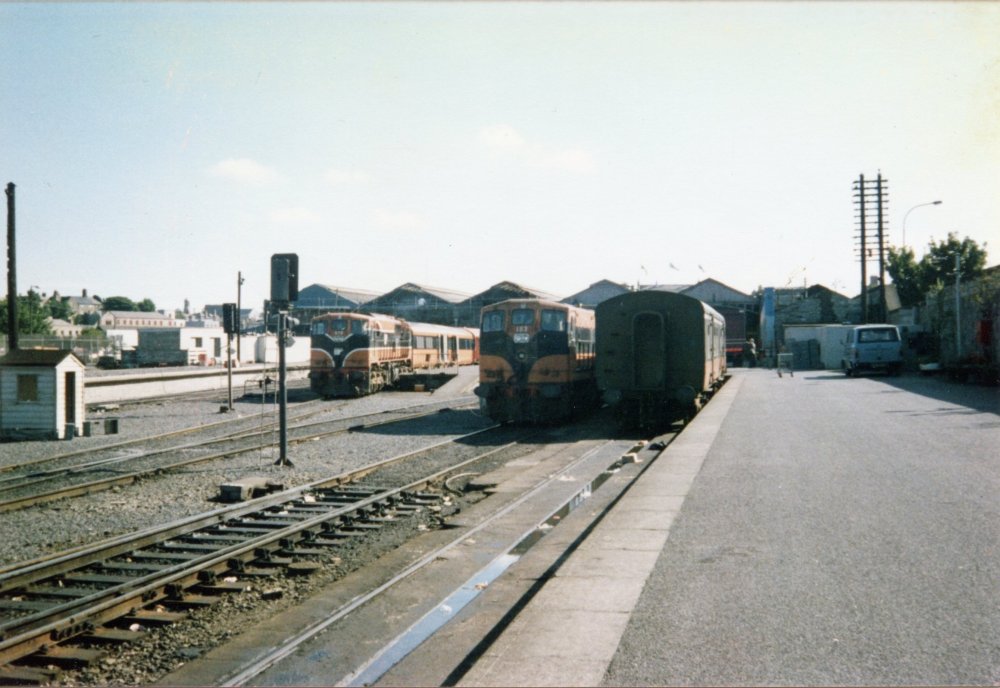
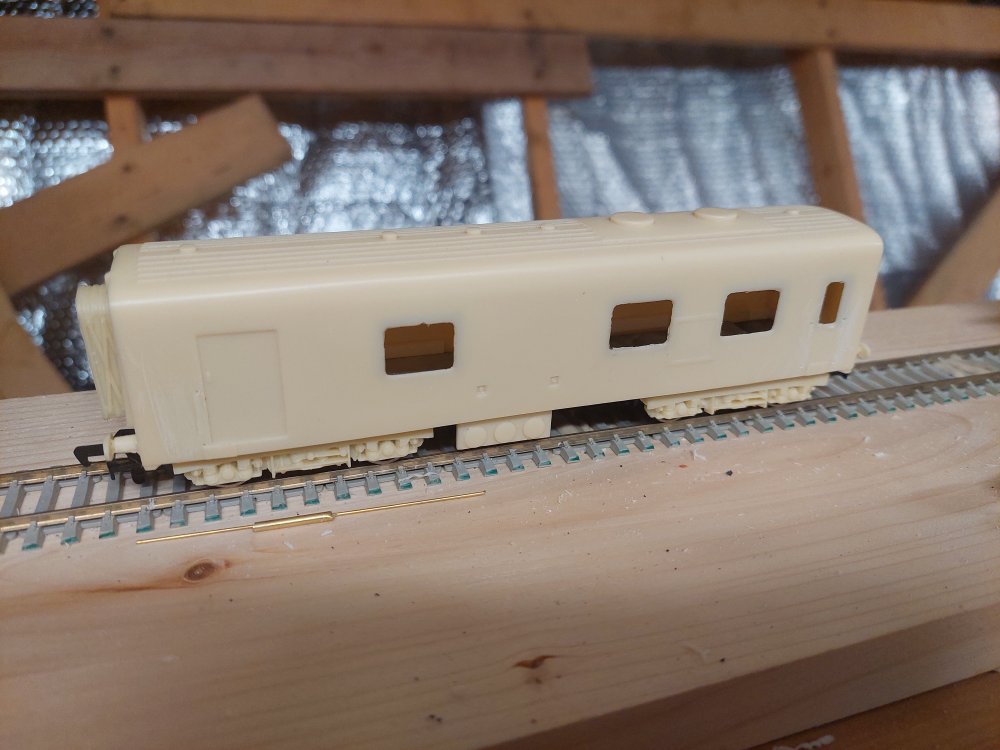
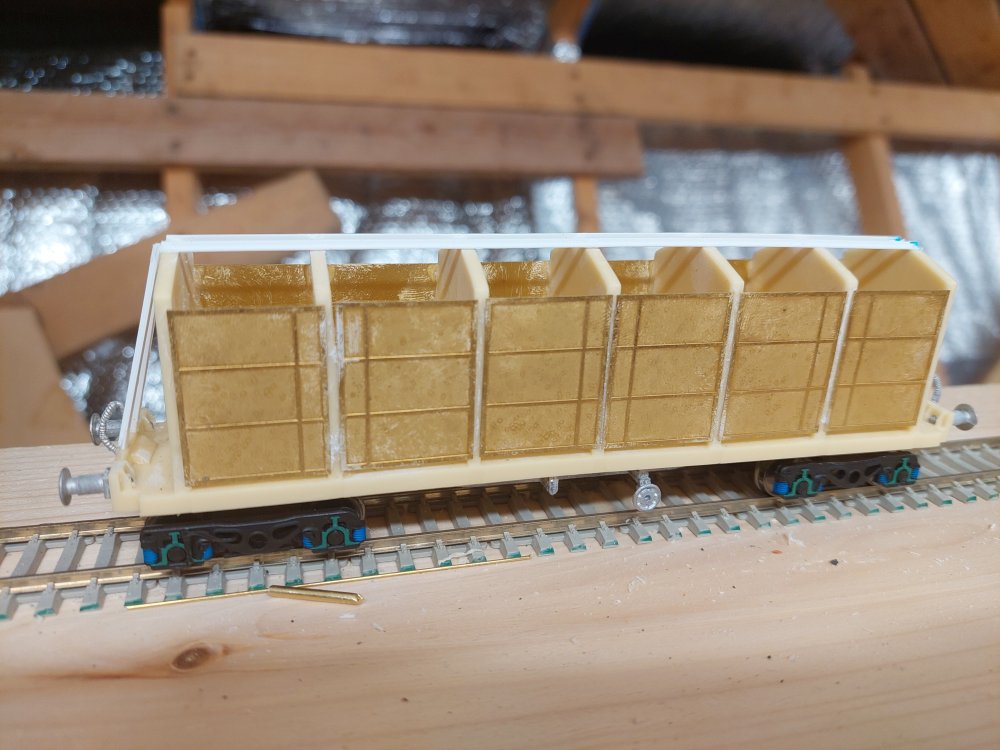
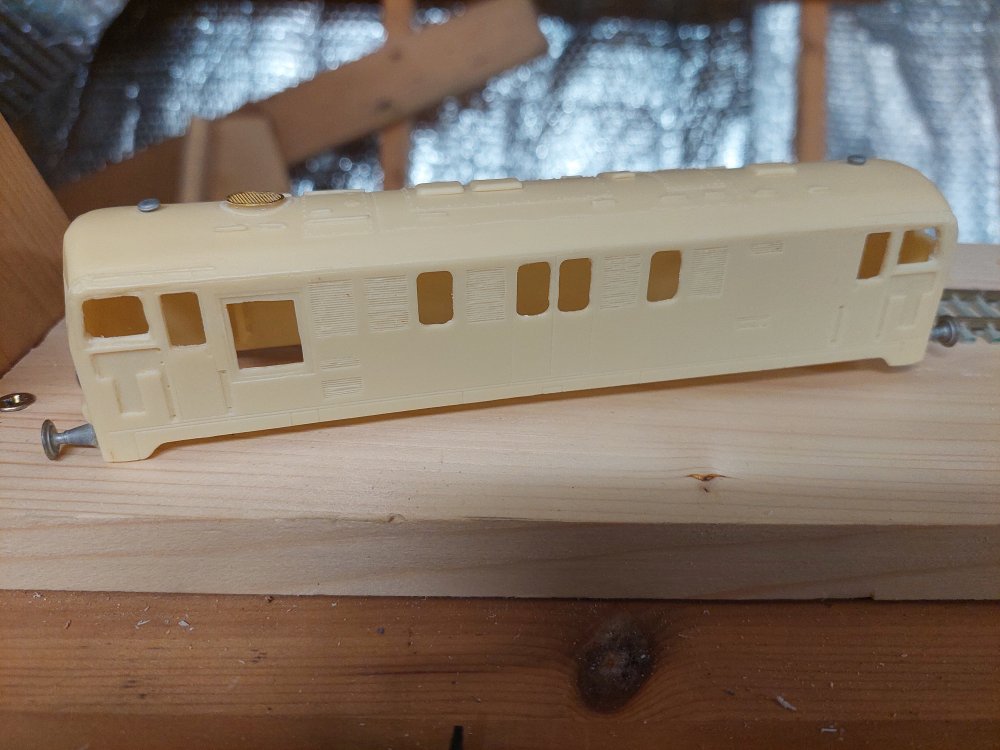

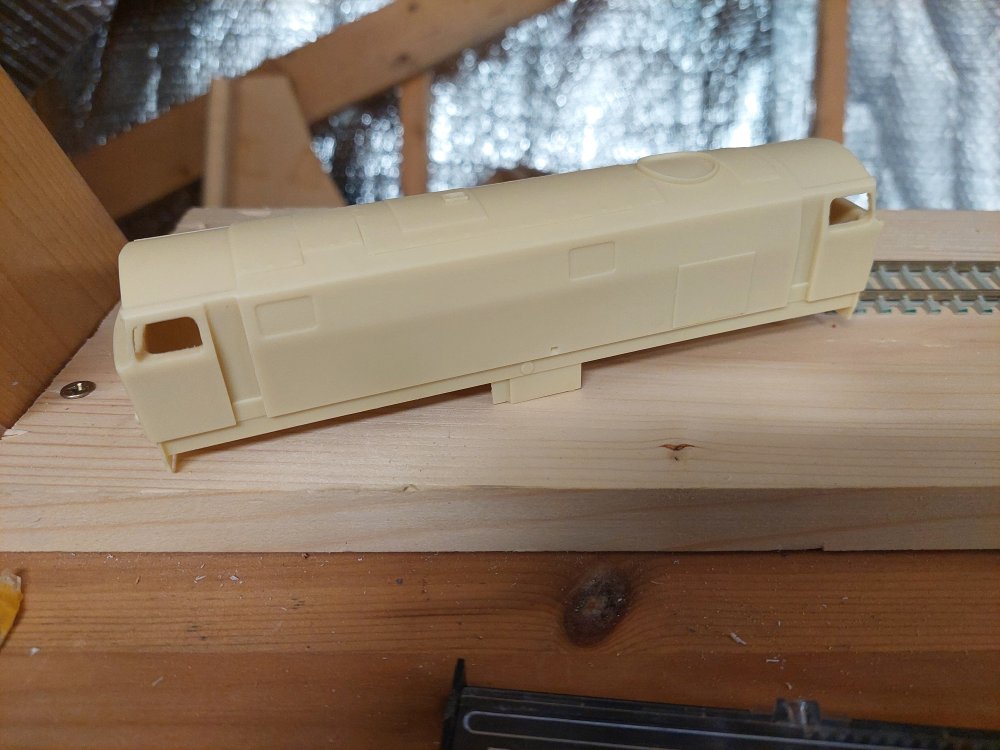
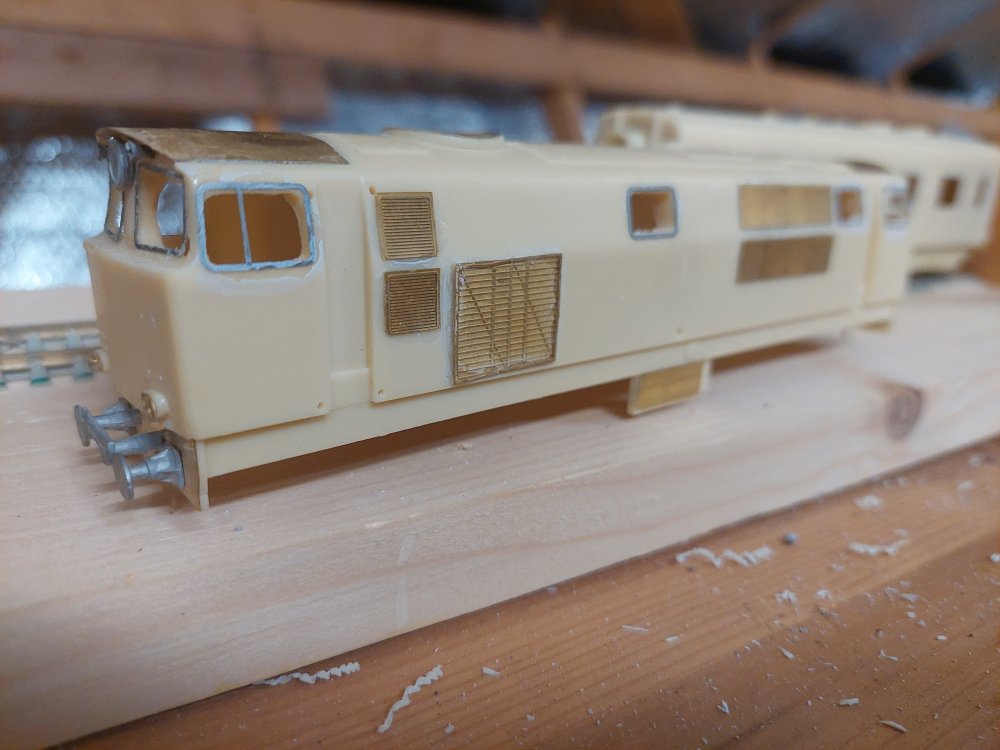
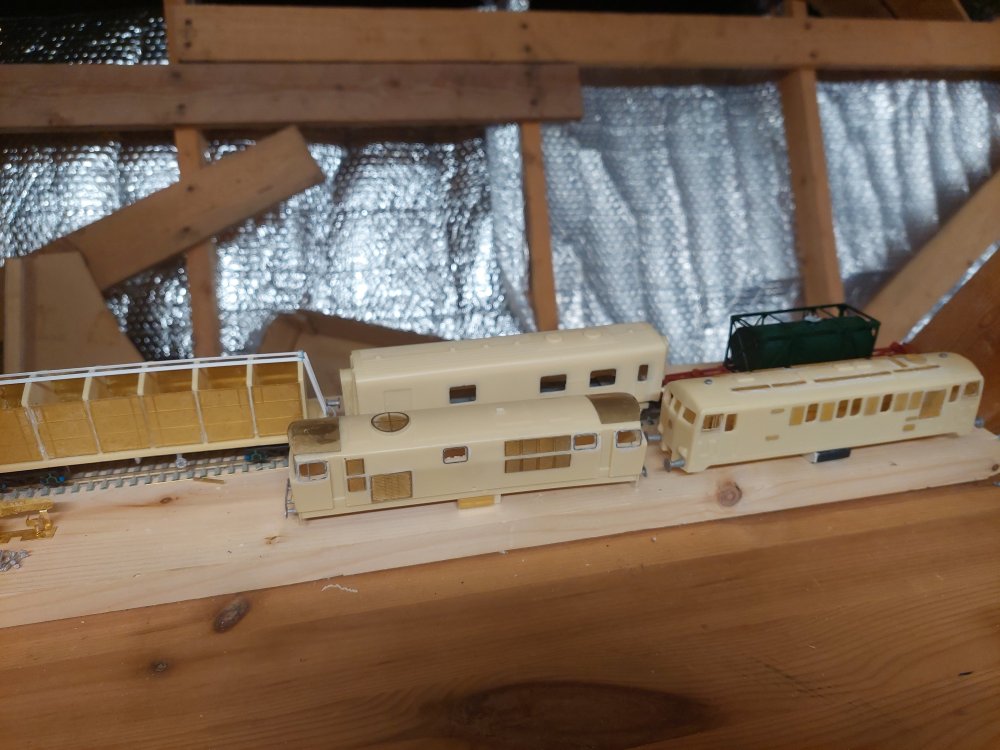
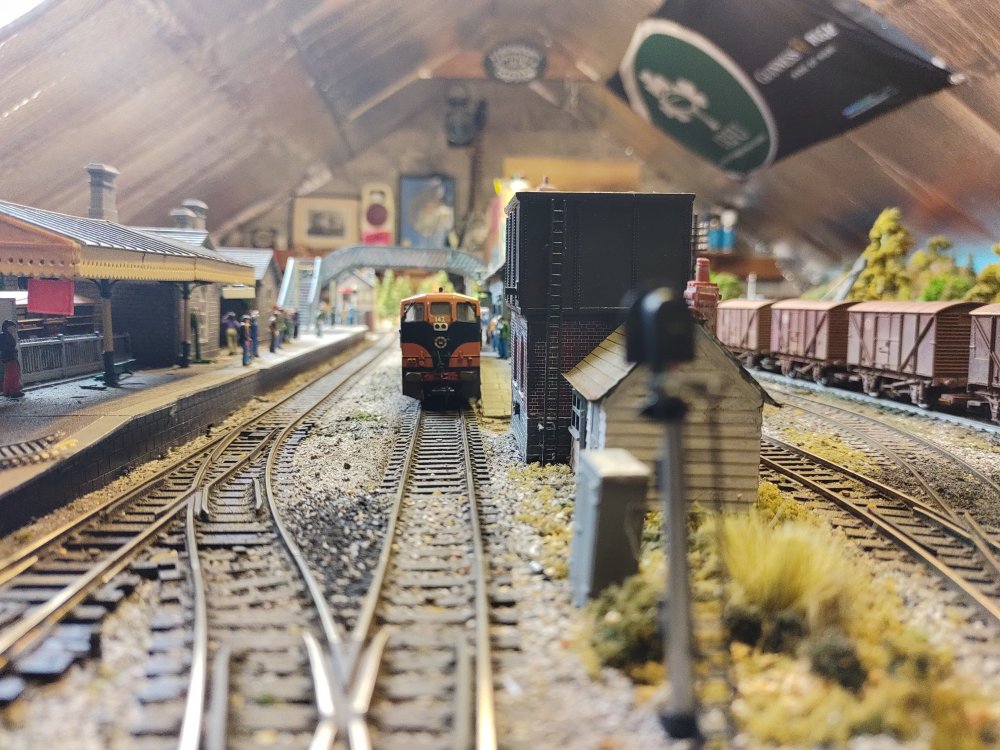
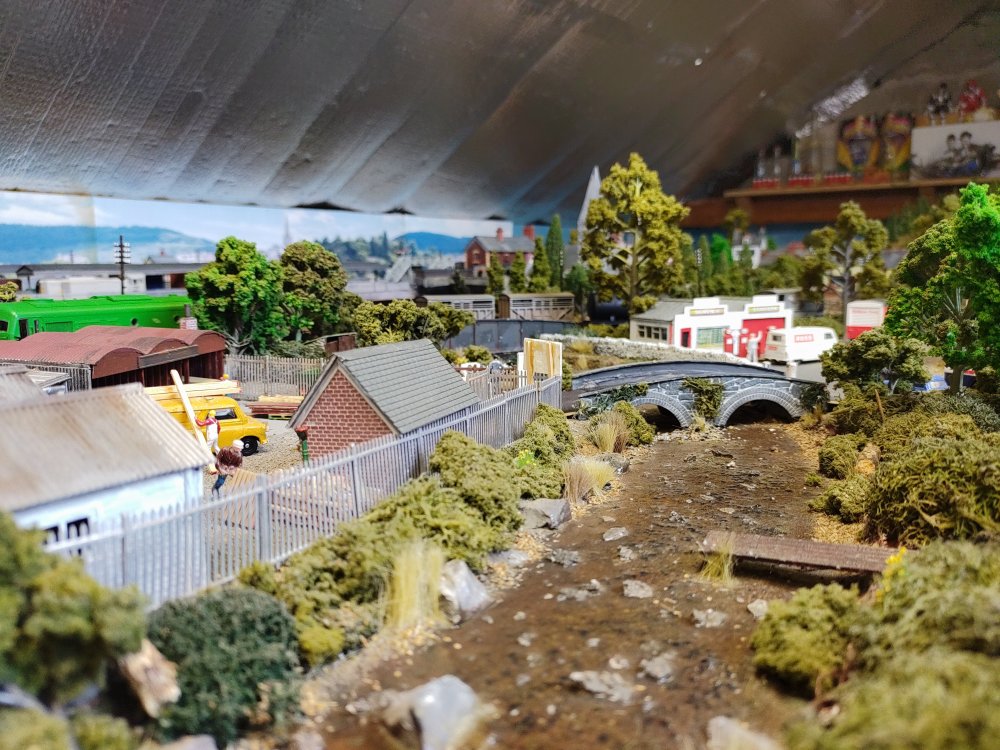
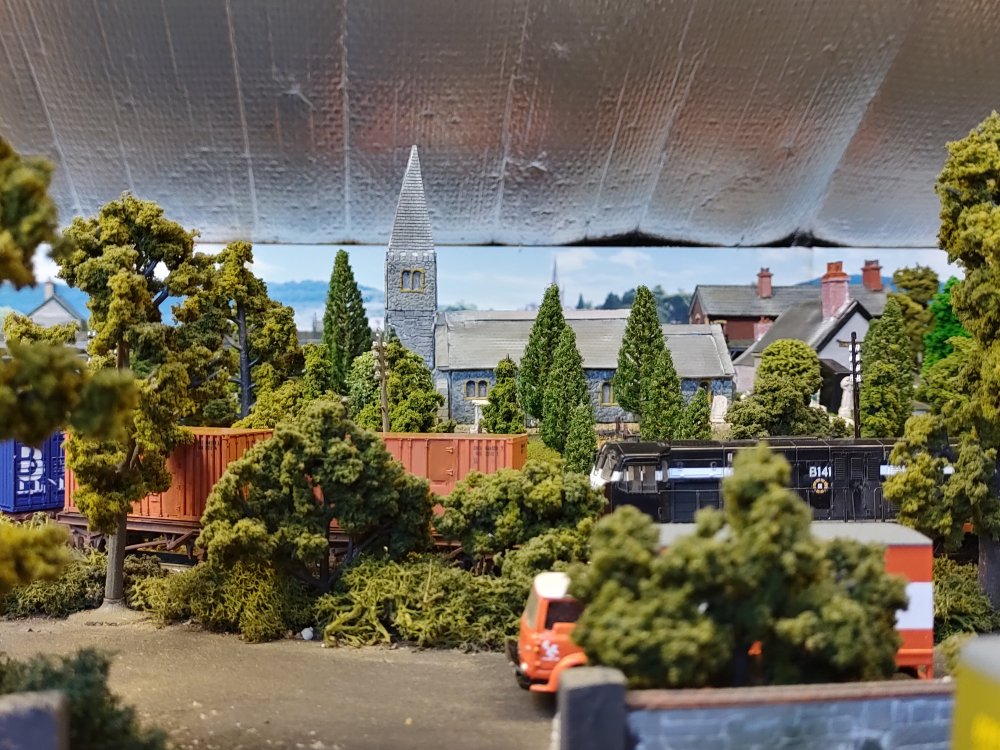

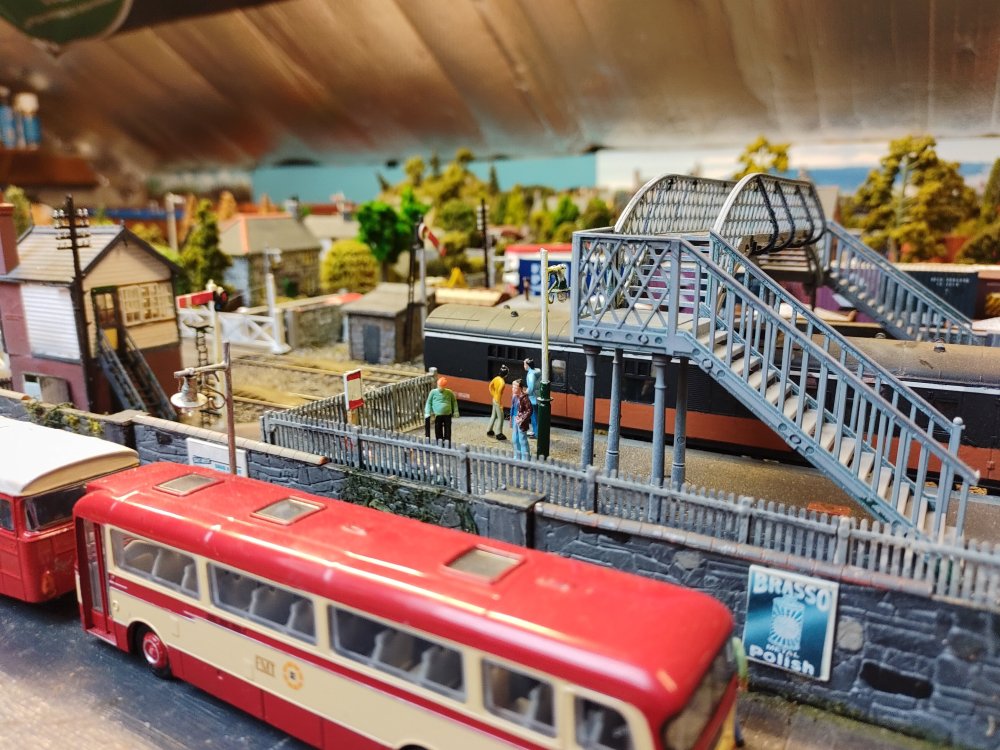
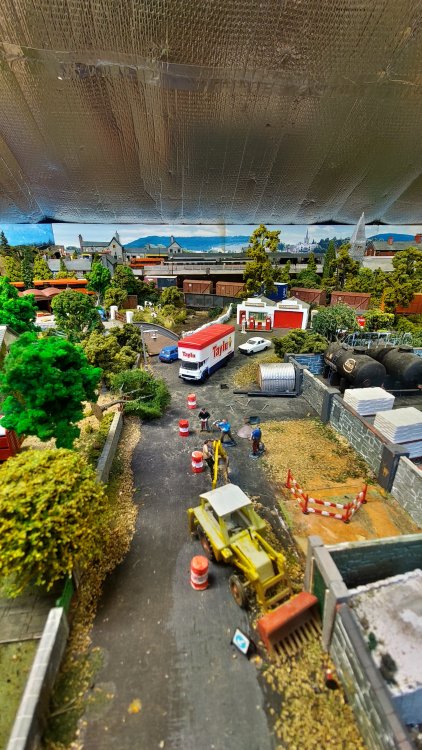
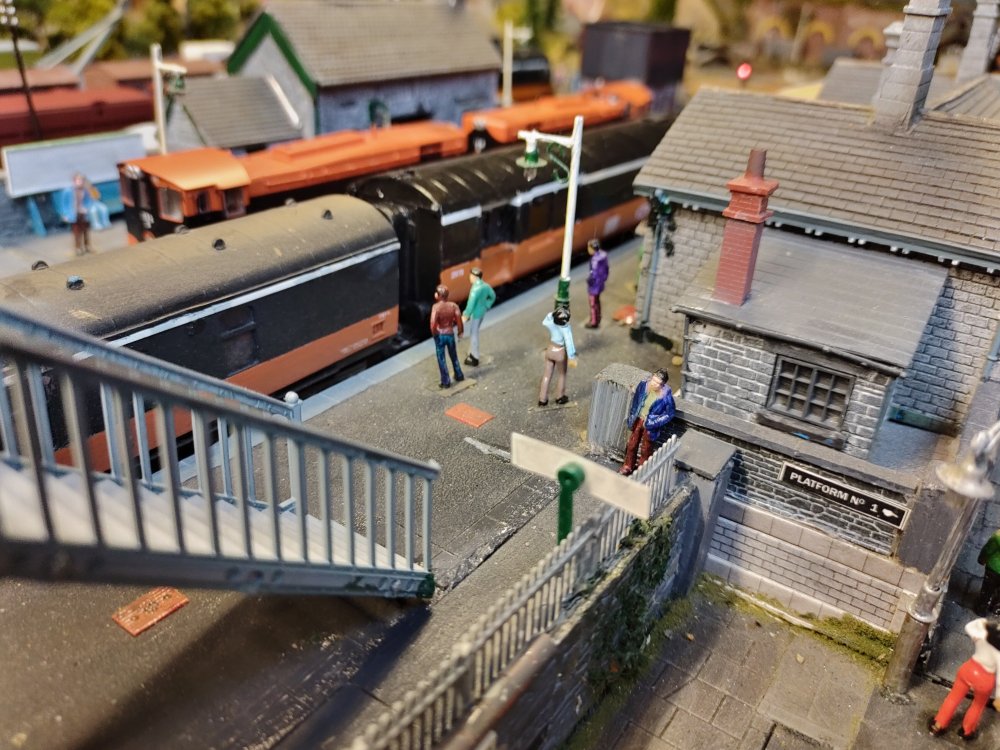
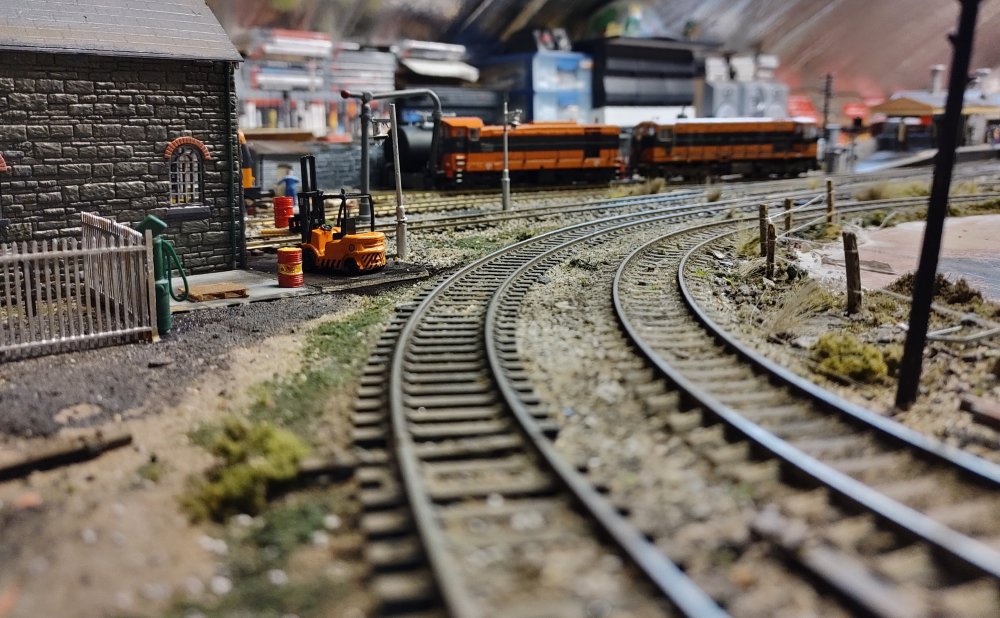
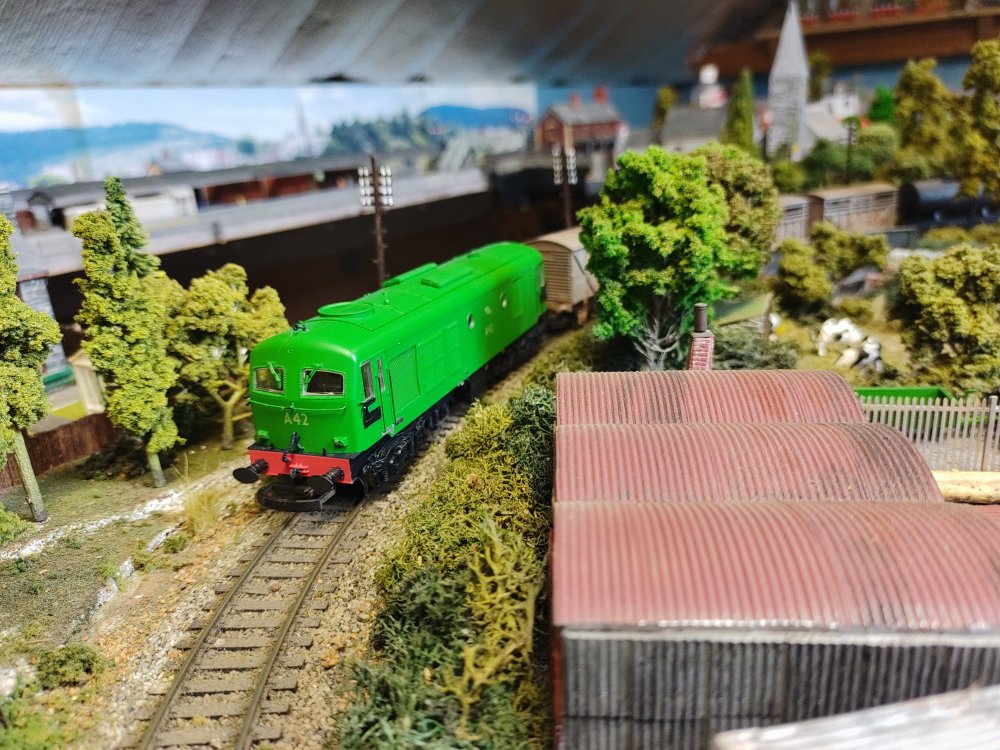
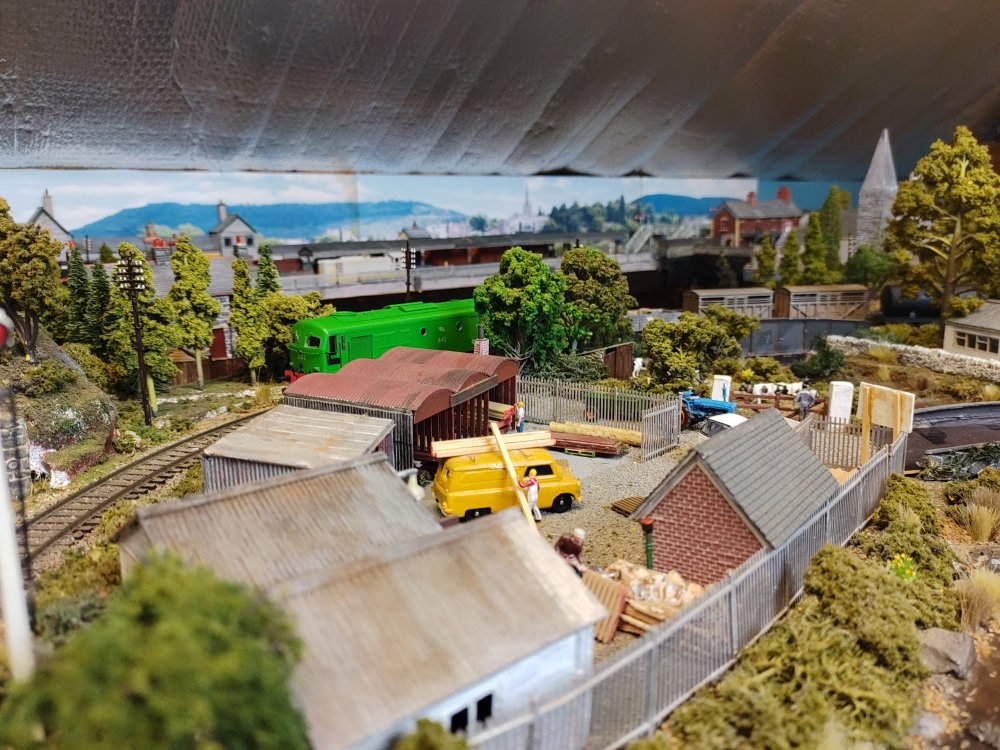
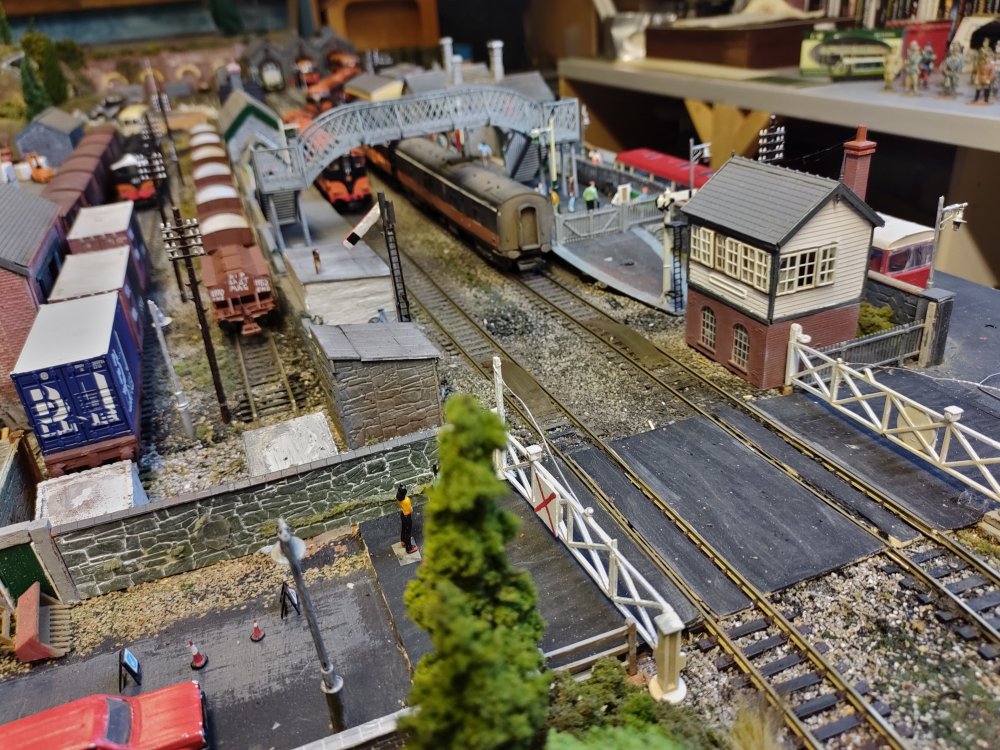
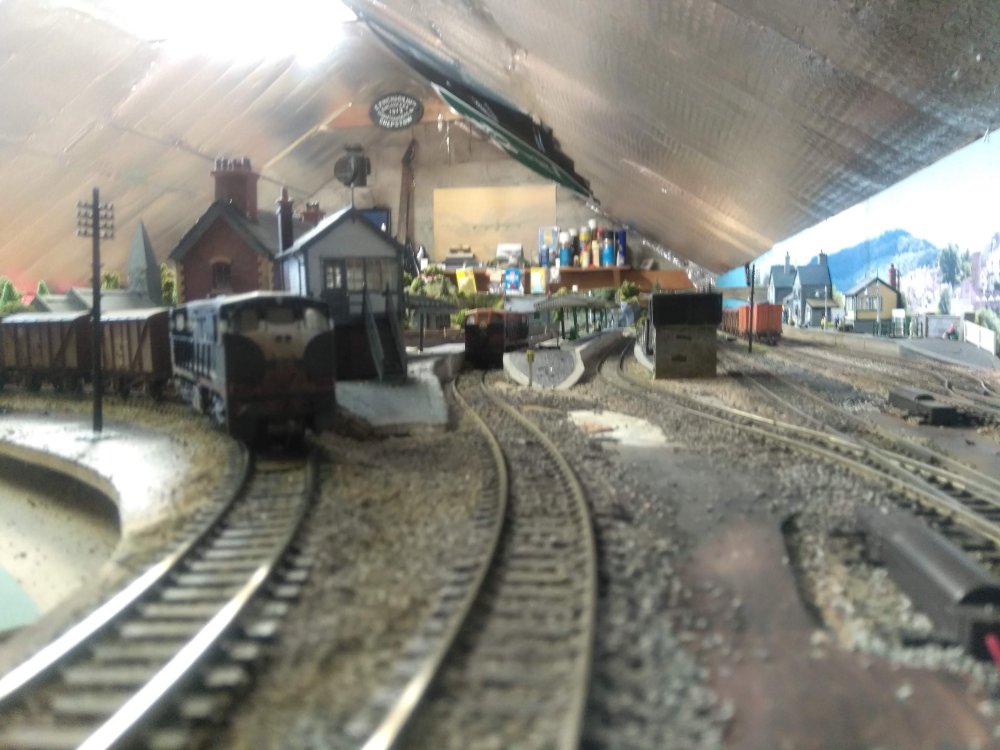
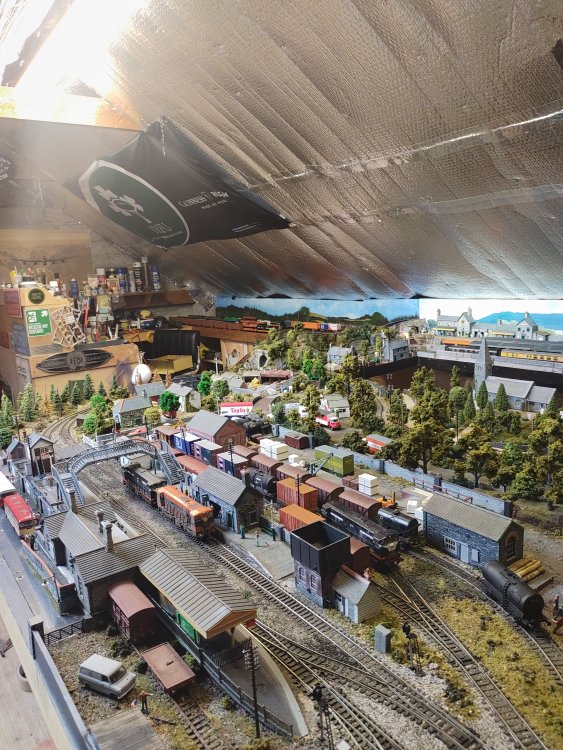
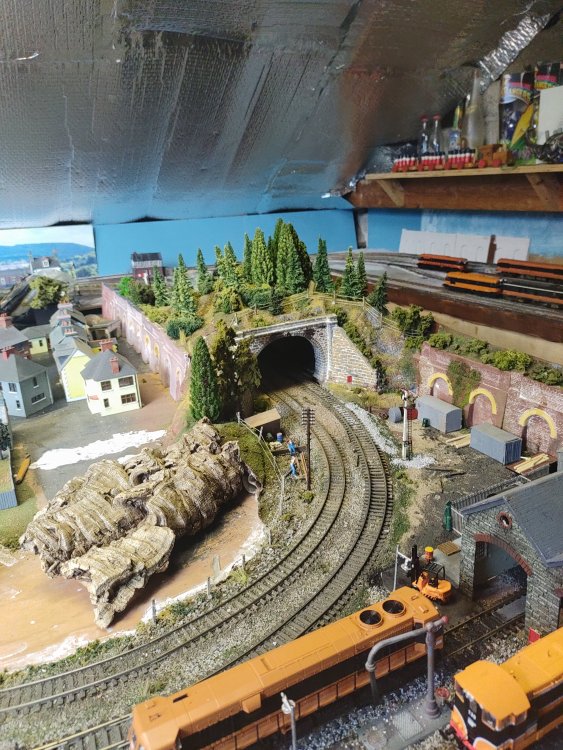

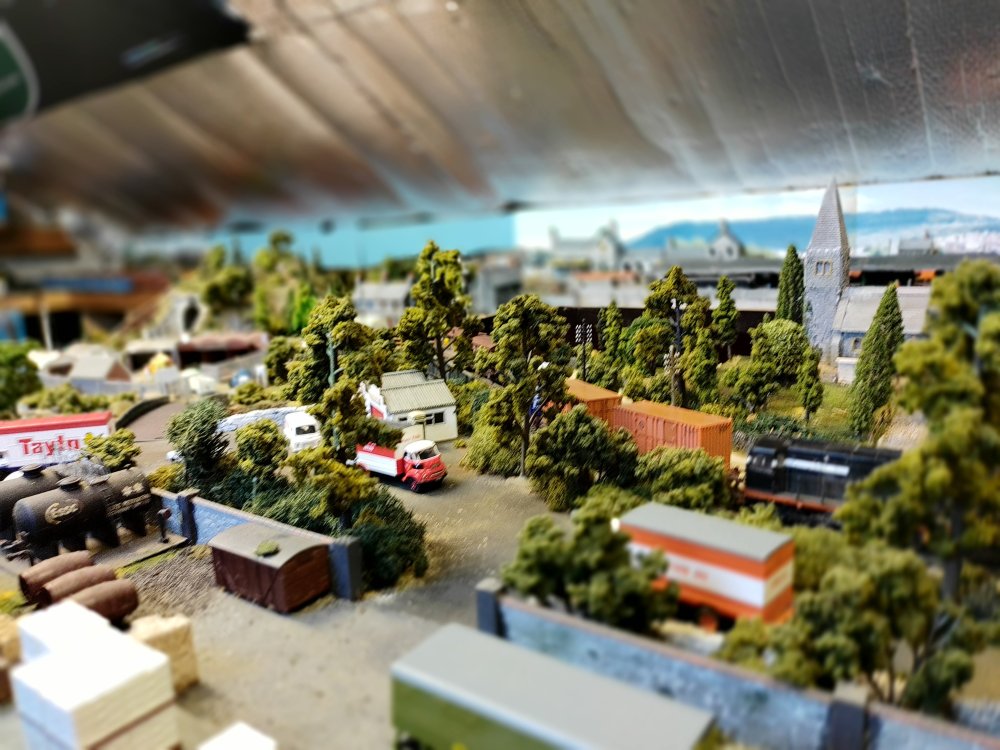
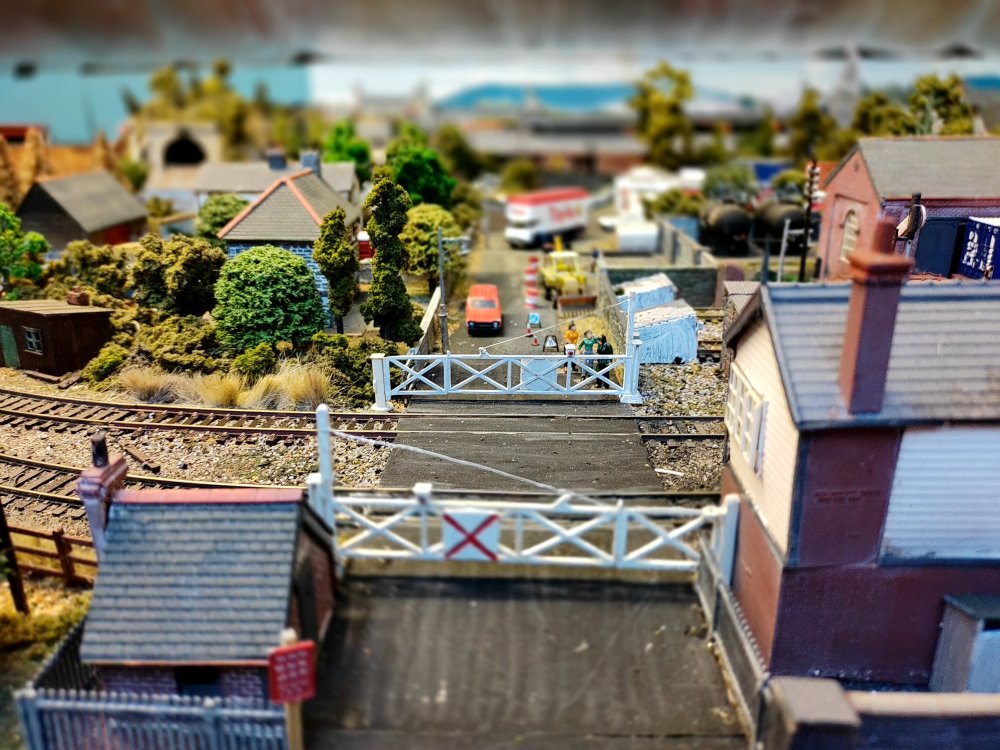
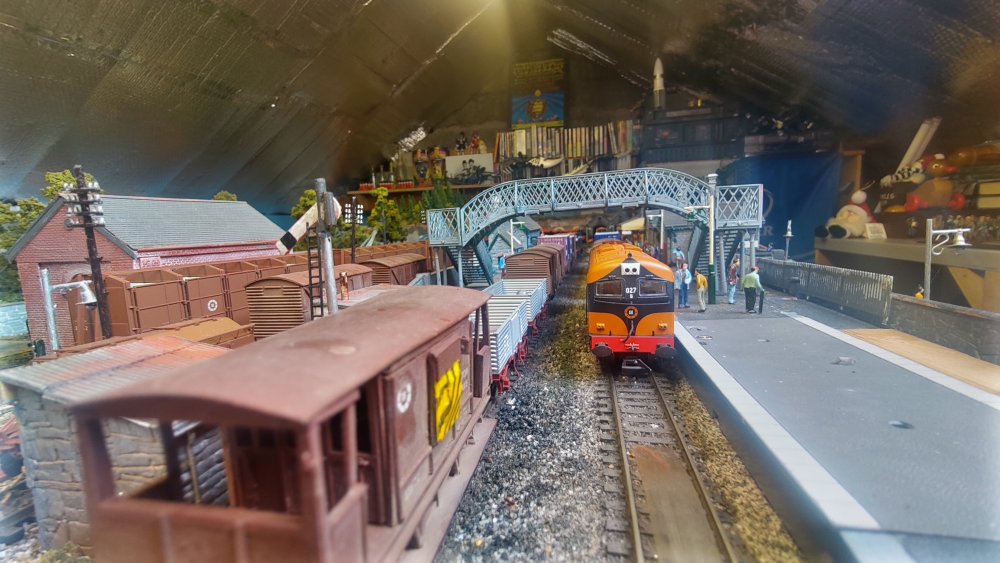


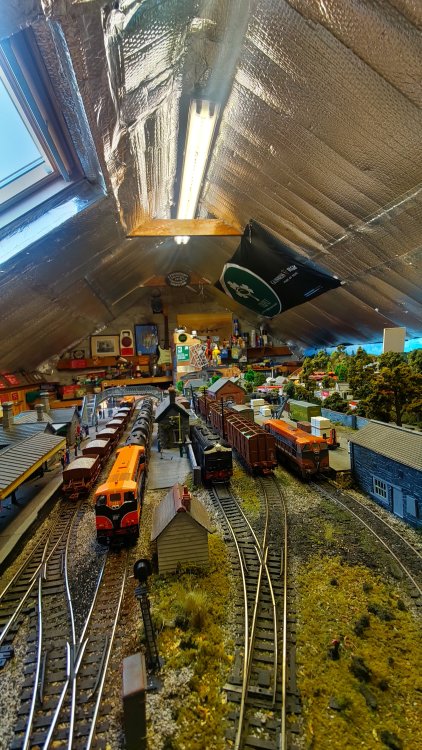
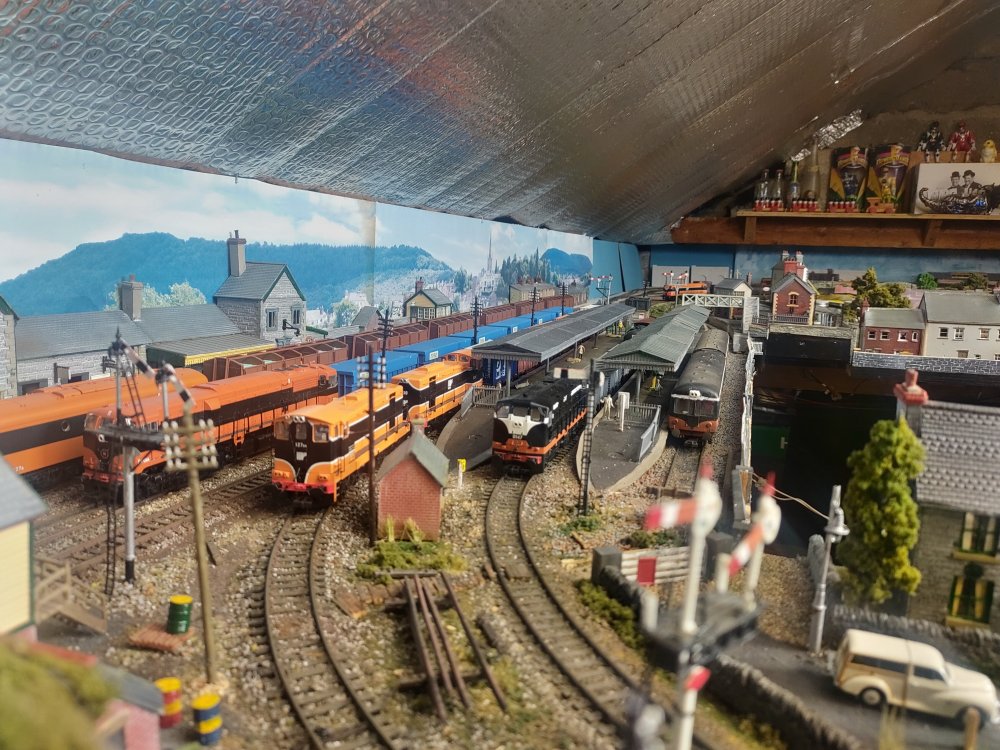
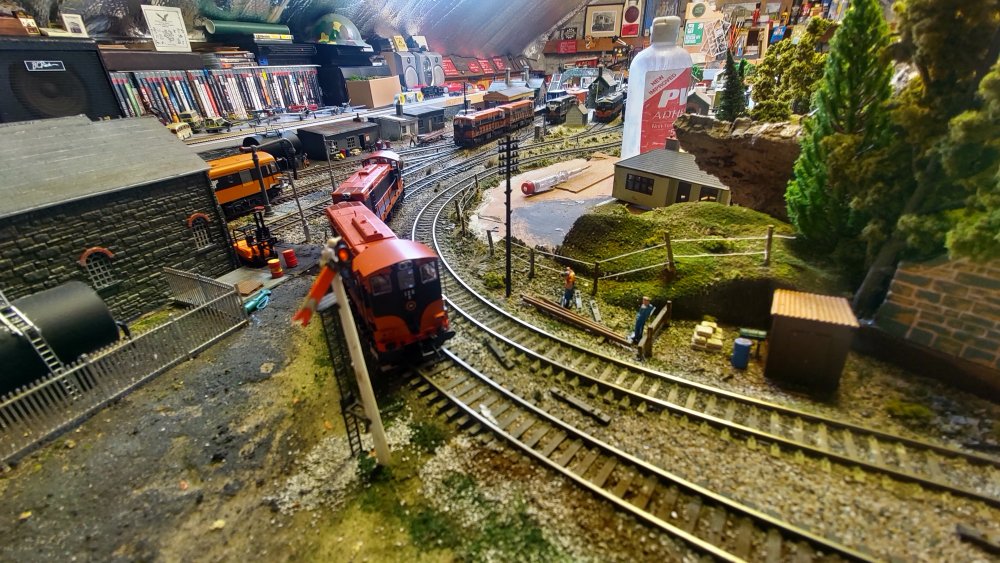
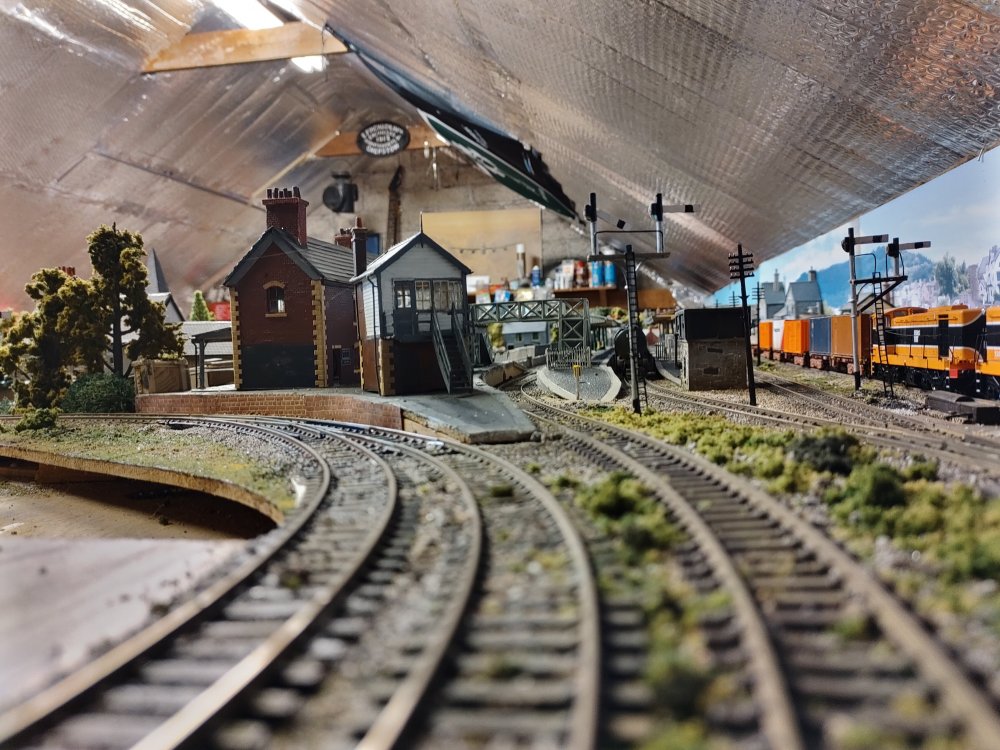
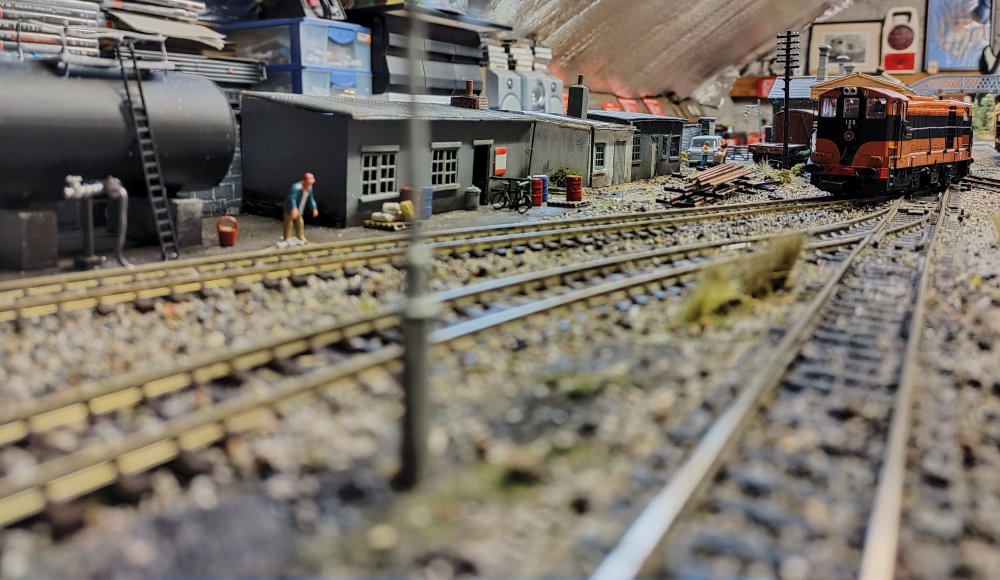

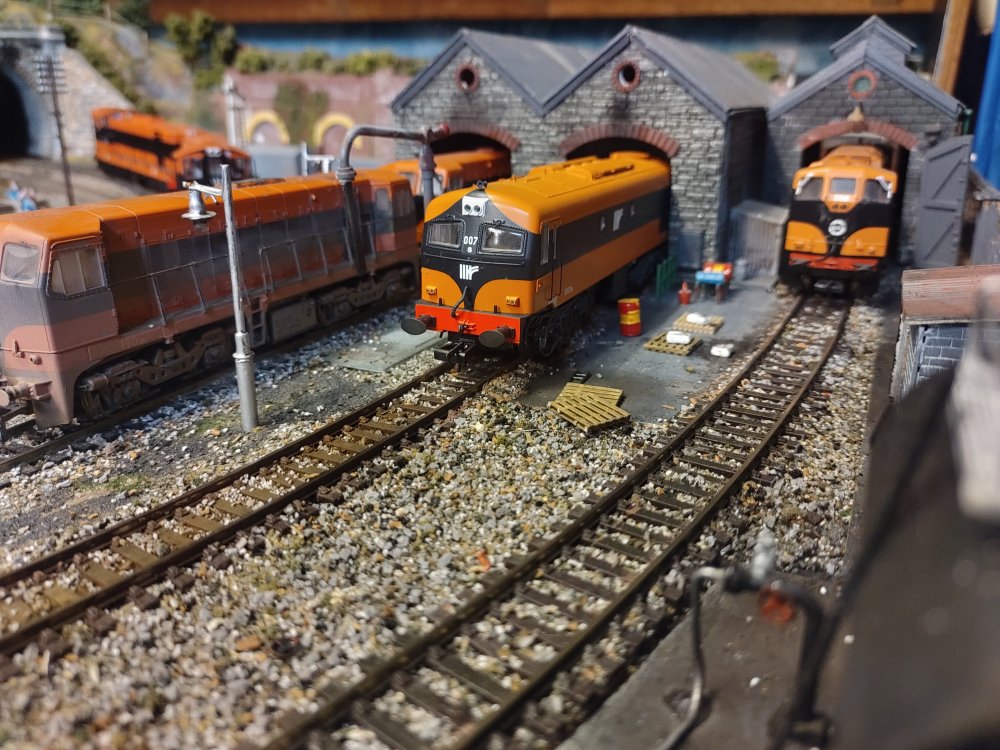
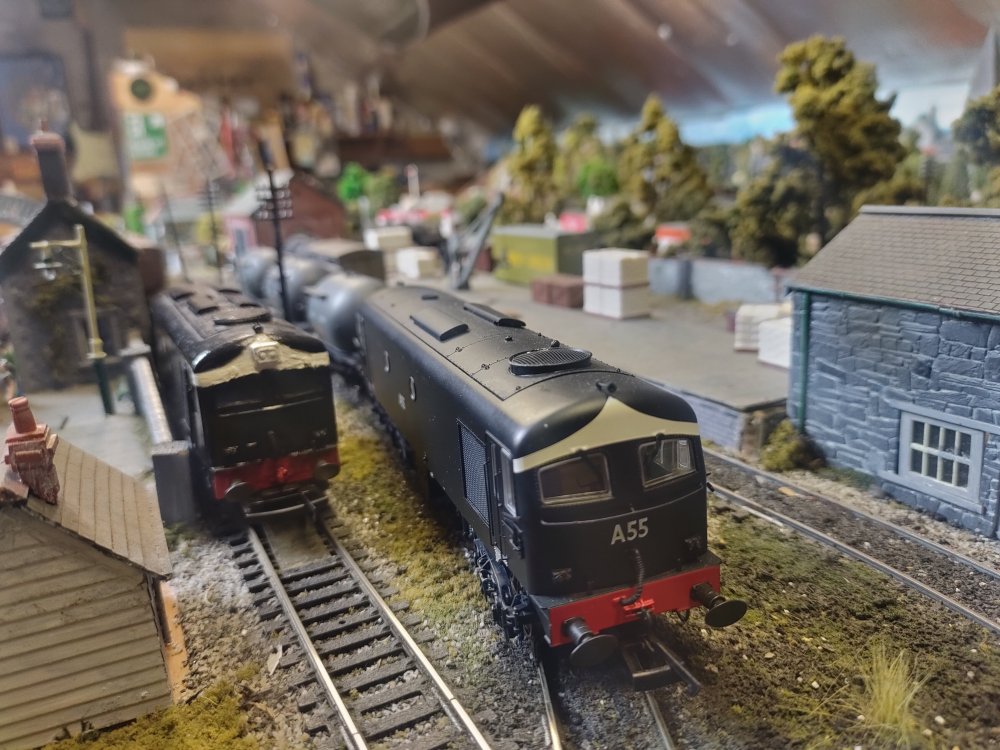
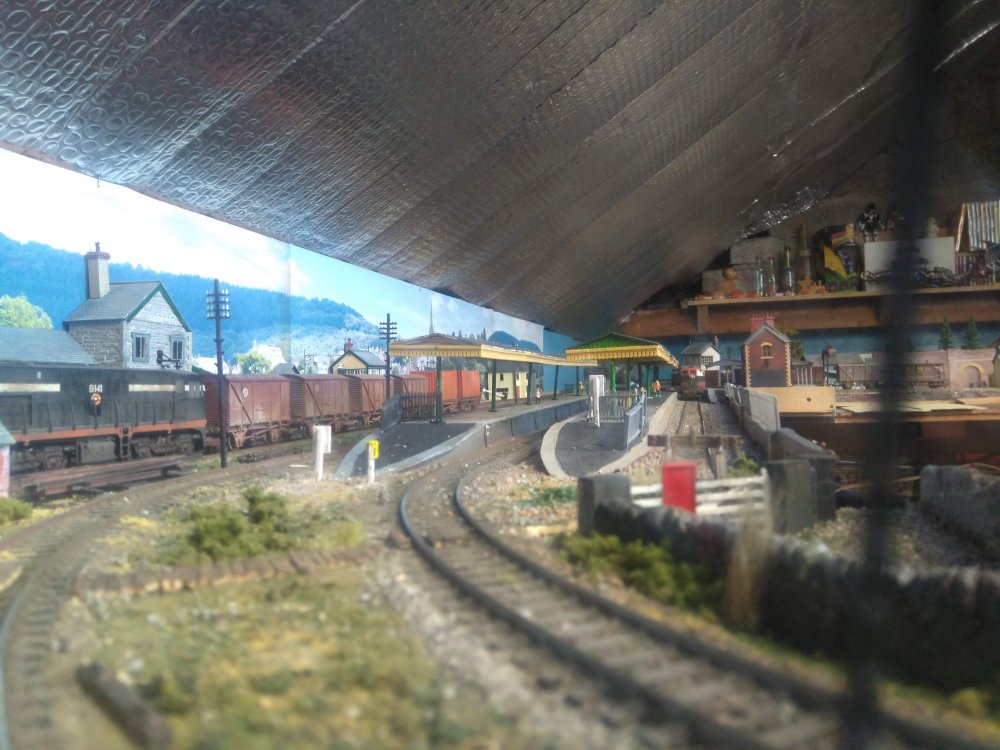
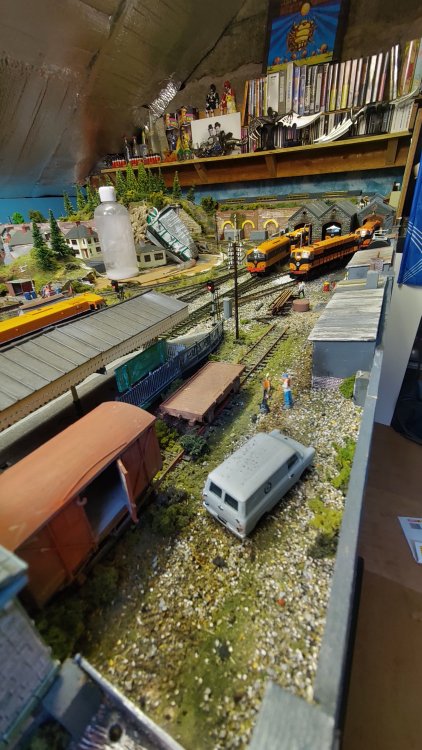
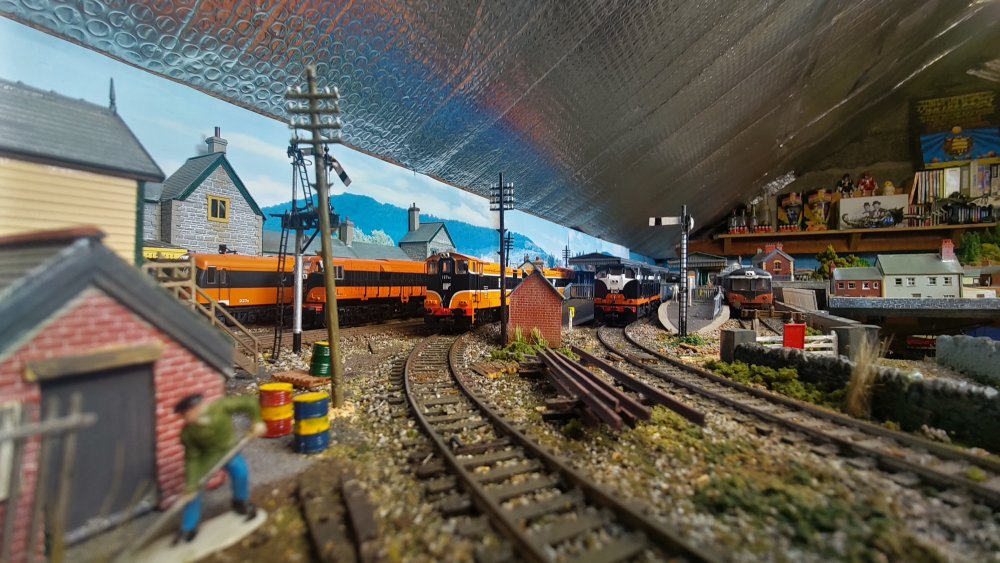
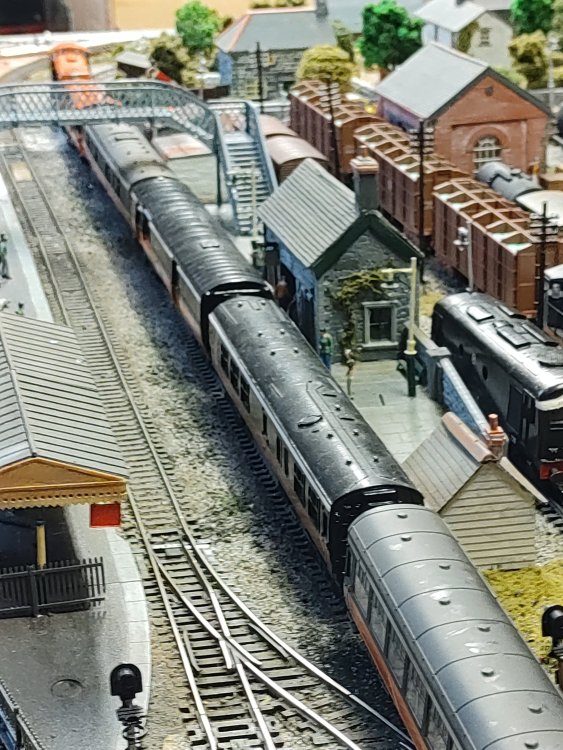
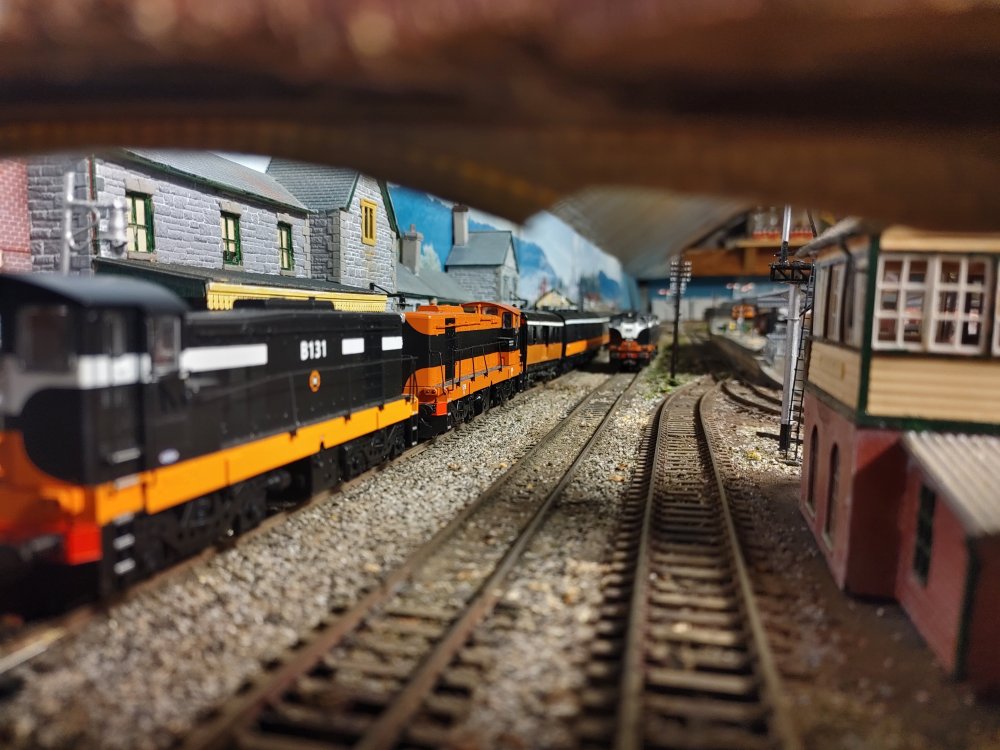
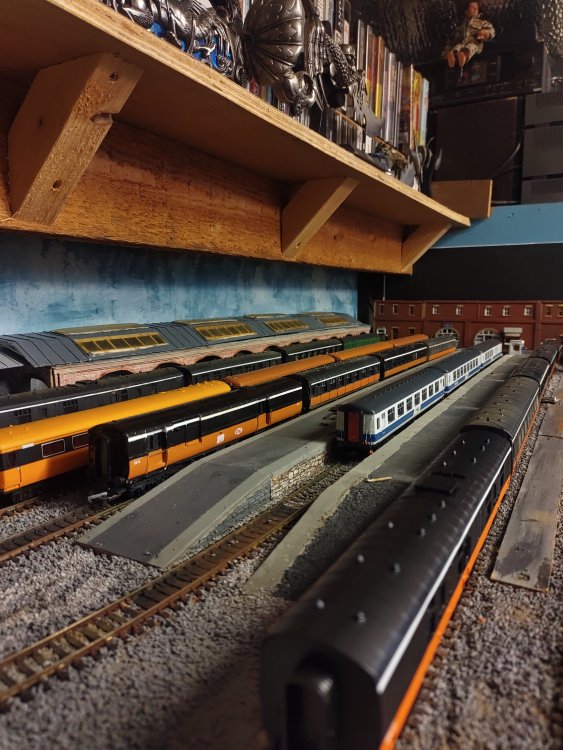
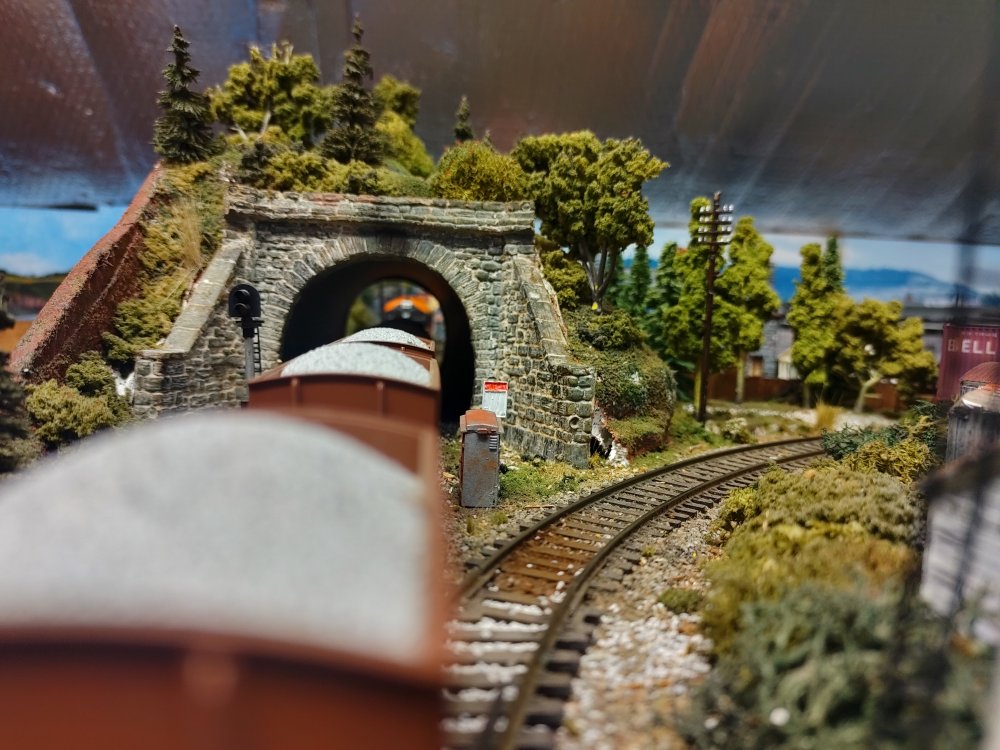
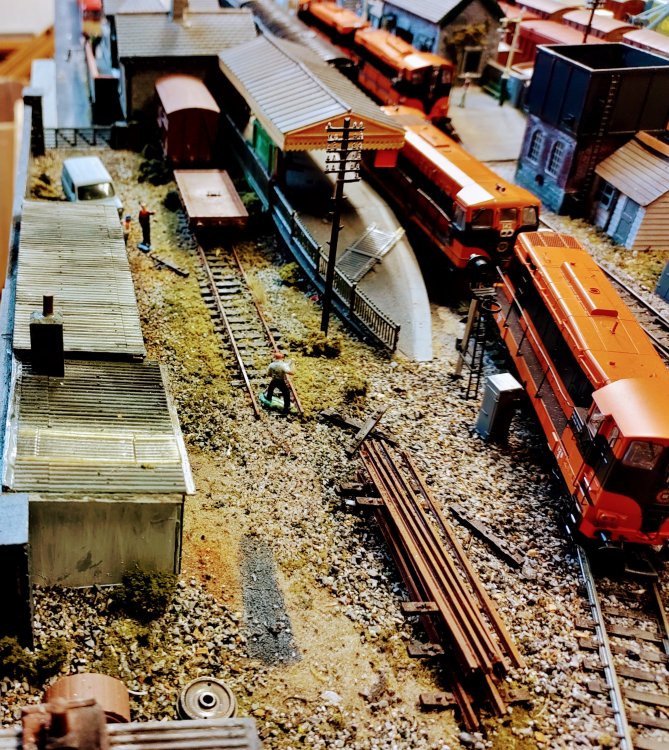
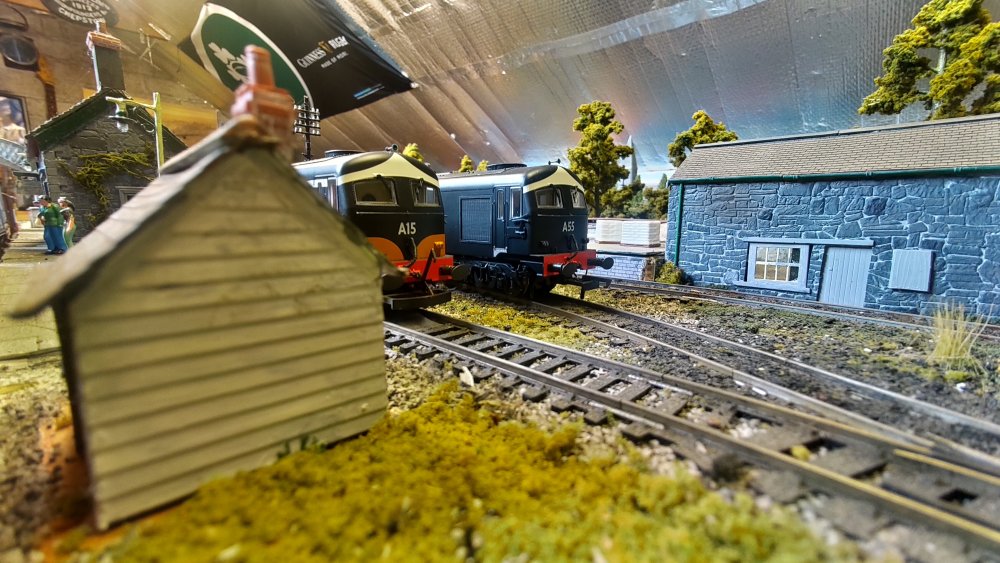

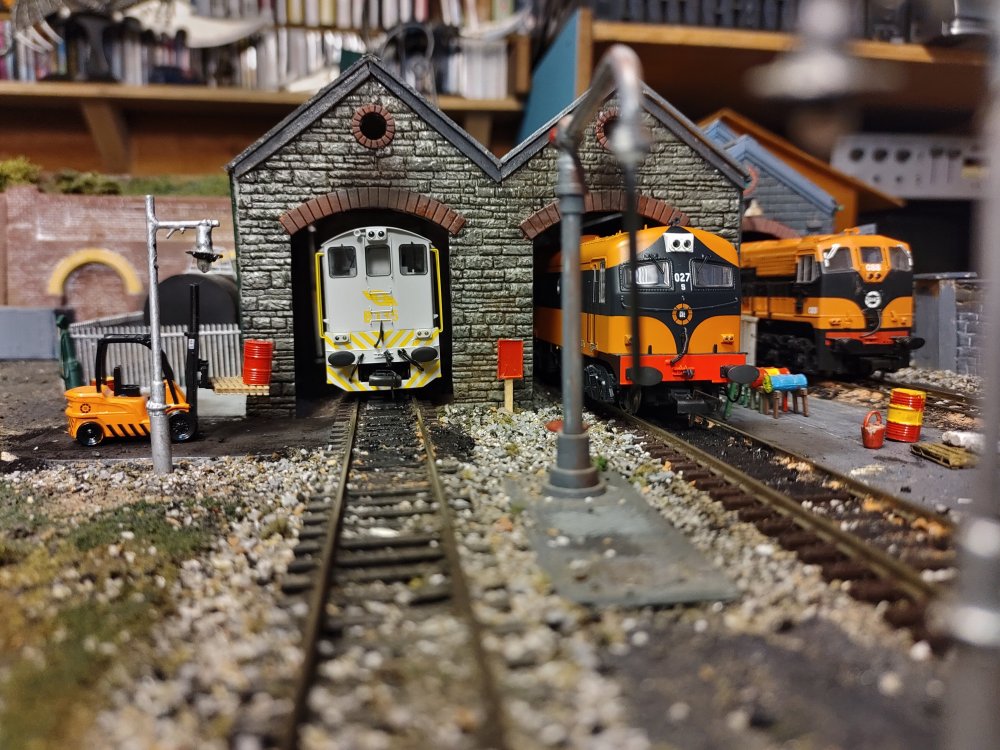

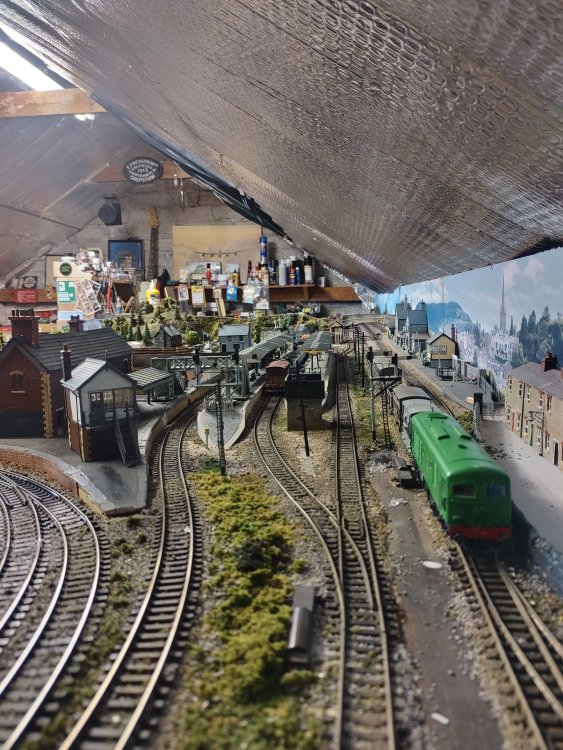
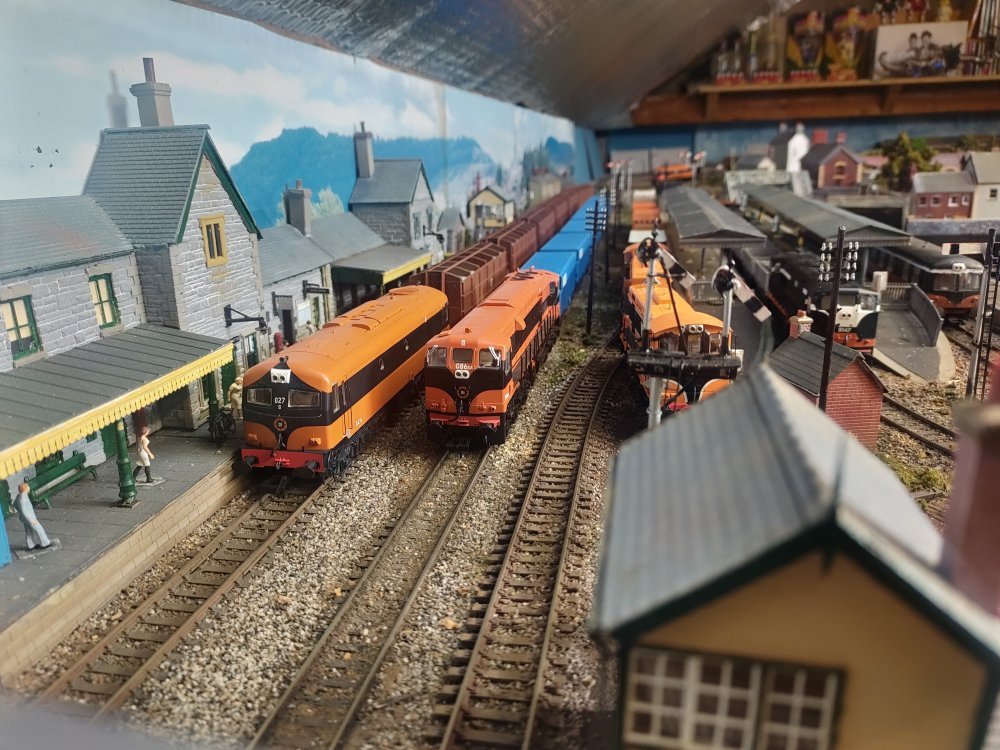
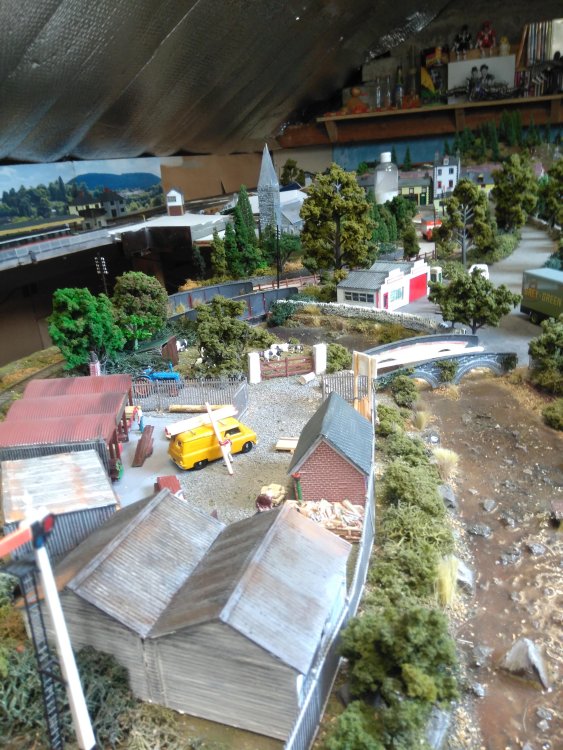
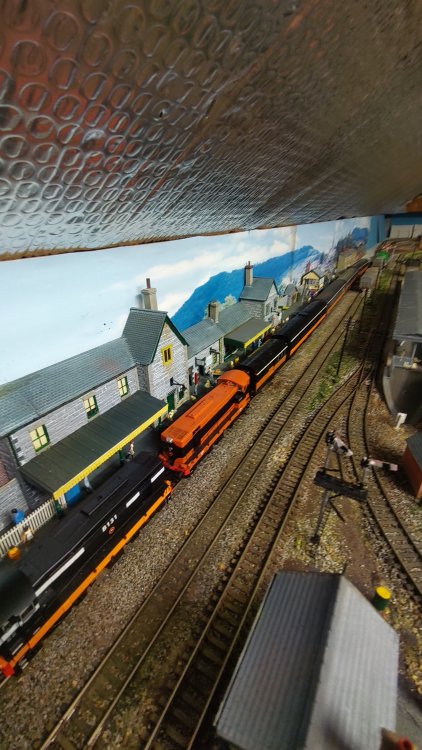
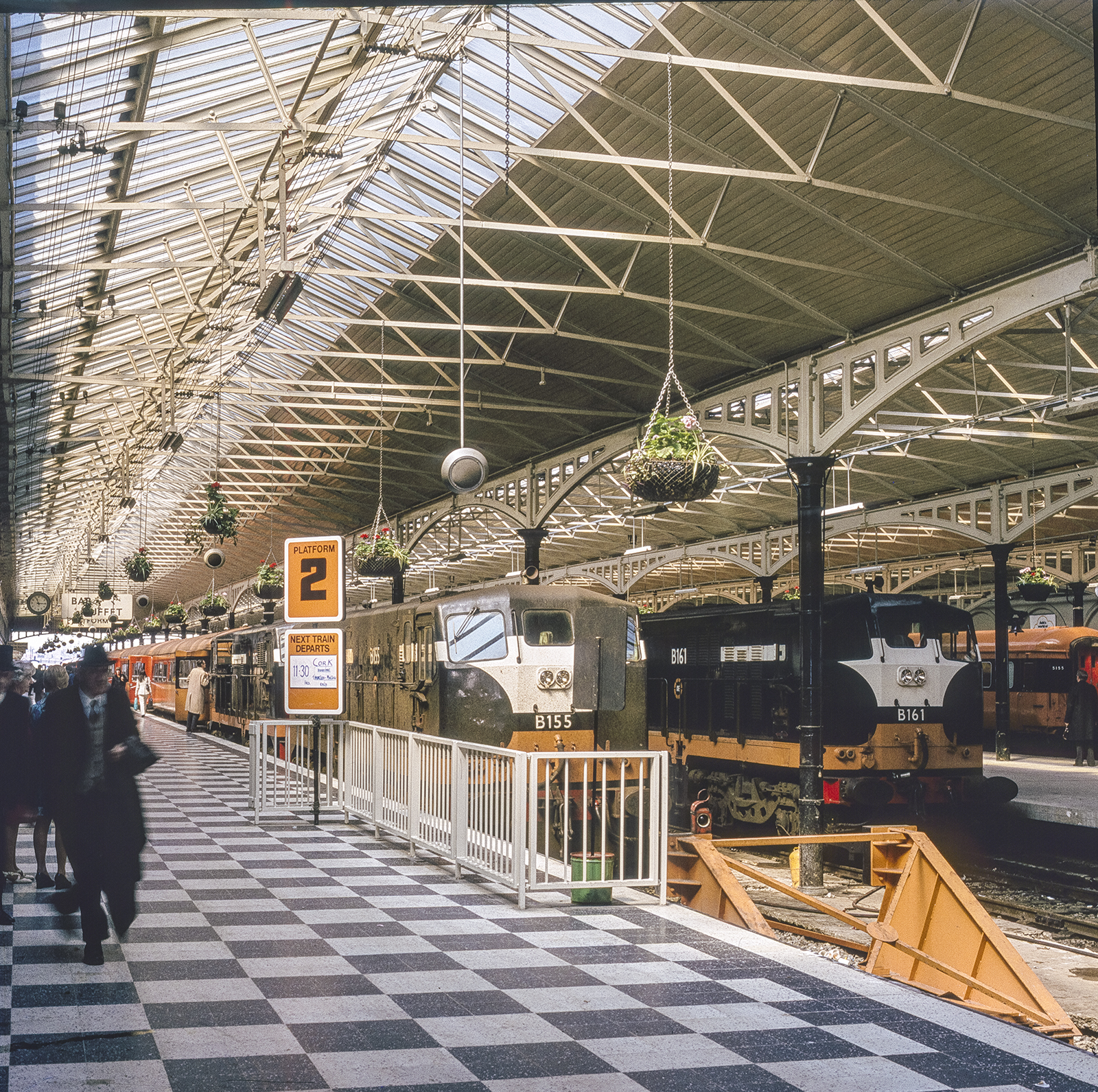
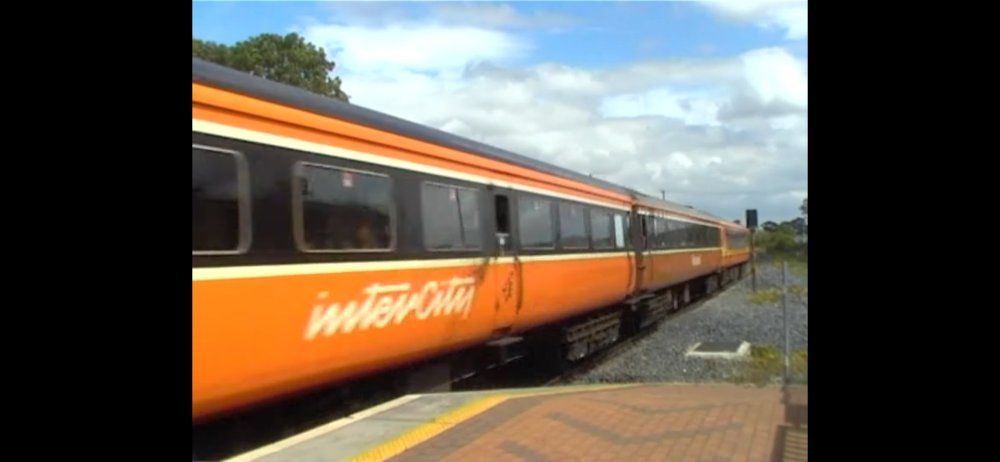
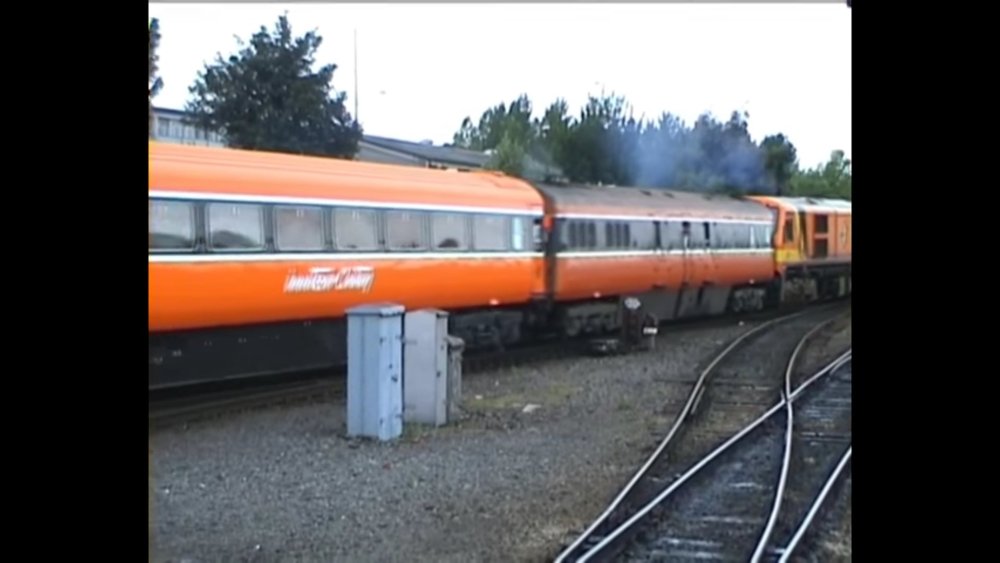
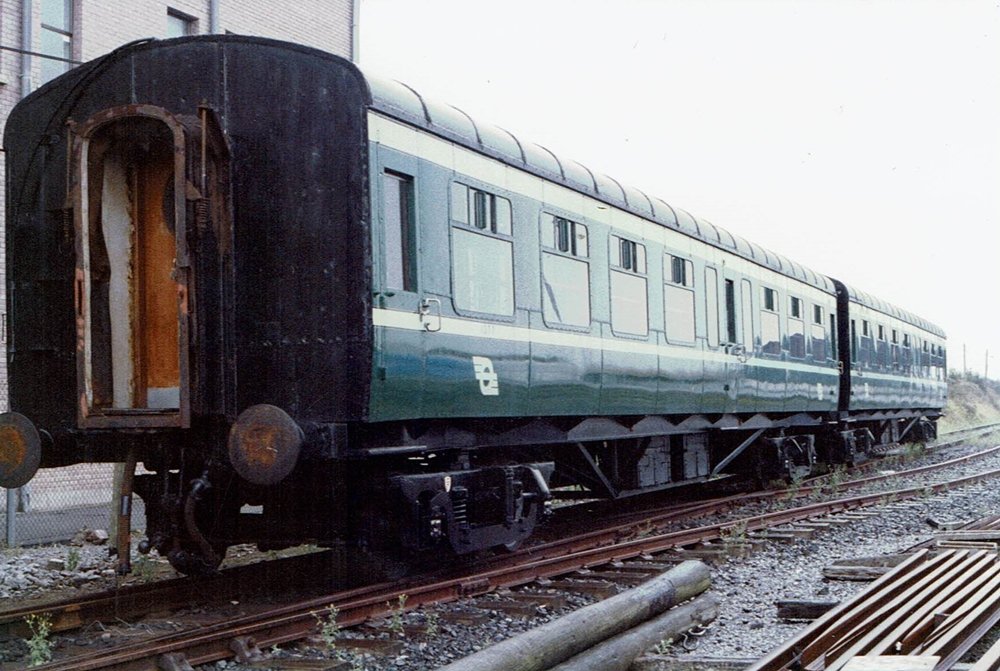
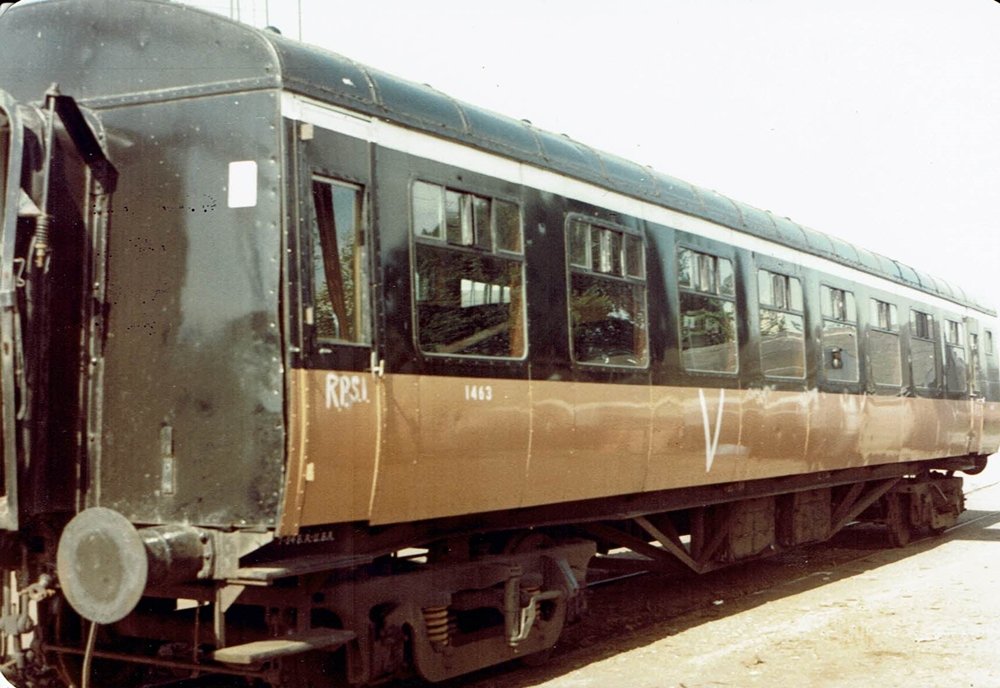
New Murphy Models 071 Class Locos Likely in 2024
in News
Posted
The green paint on the RPSI coaches was an undercoat/ primer they painted on the coaches in Inchicore years ago.